8 Ghost Towns You Can Actually Explore Today
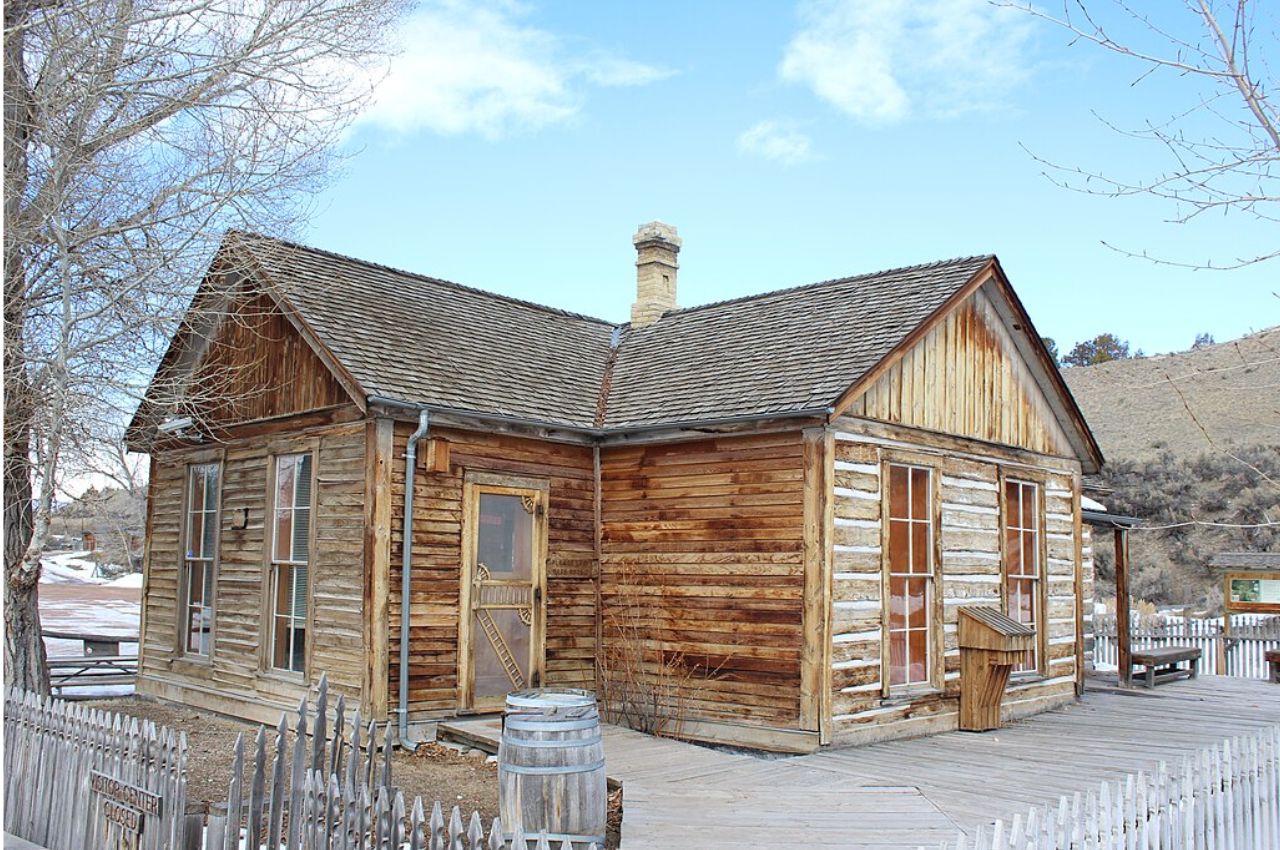
Ghost towns are like living time capsules, where rusting doors, empty saloons, and crumbling porches whisper stories from another era. These eight towns were once booming with gold rushes, railroads, and hopeful settlers. Today, they stand eerily still, inviting modern-day explorers to wander through history’s forgotten streets. Bring your curiosity, and maybe a camera, because these real-life ruins are ready to haunt your memory (in the best way).
Bodie, California
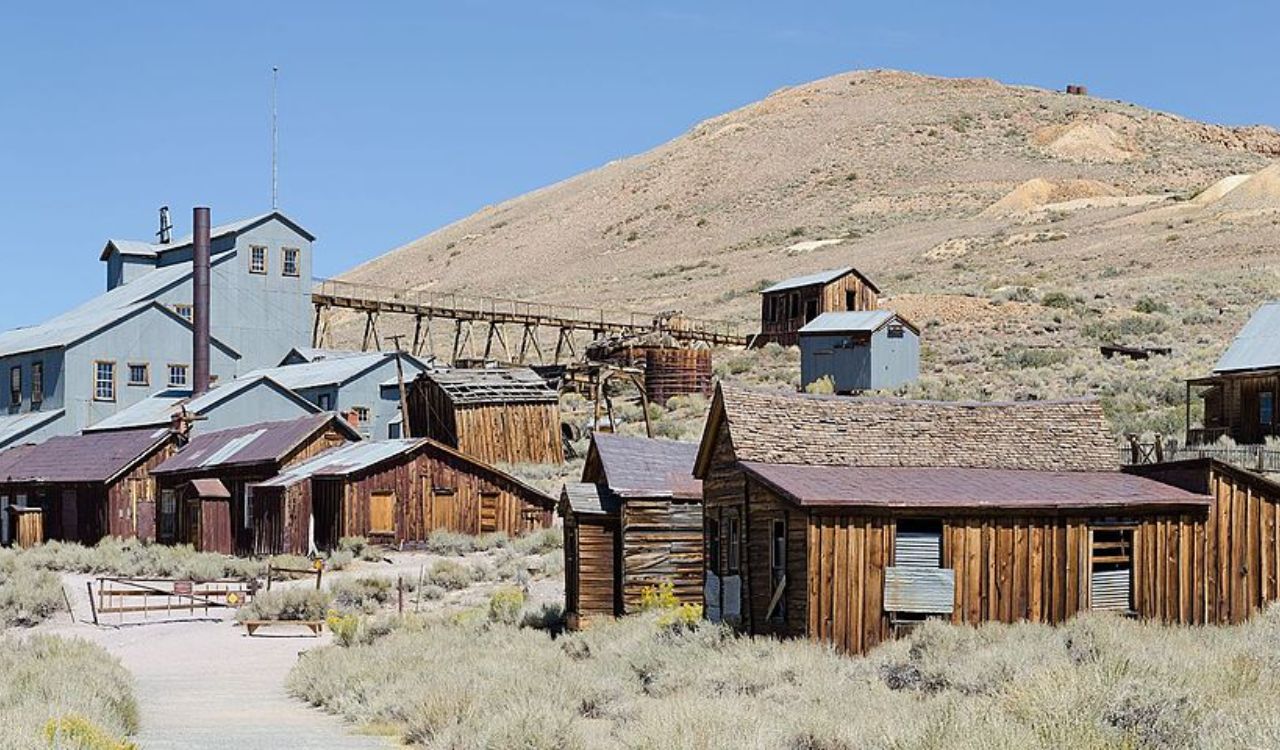
Bodie was once a booming gold rush town with over 10,000 residents, but now it sits quietly among the windswept hills of the Eastern Sierra. Preserved in a state of “arrested decay,” its buildings remain eerily frozen in time, tables still set, shelves still stocked. Visitors can wander dusty streets, peek into silent homes, and feel the ghostly hush of a town left behind. It’s haunting, historic, and beautifully raw, a true glimpse into America’s rugged mining past.
Bannack, Montana
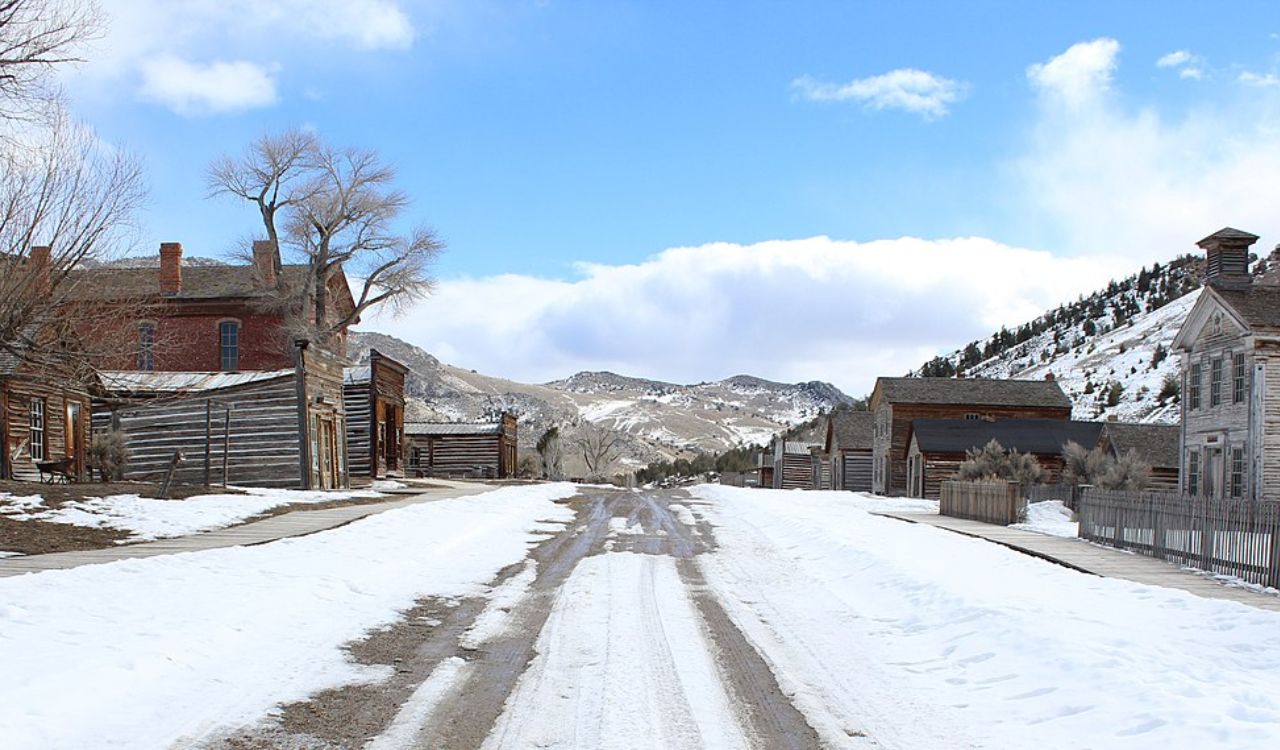
Montana’s first territorial capital, Bannack sprang to life in 1862 during the gold rush. Now a state park, it’s one of the most intact ghost towns in the country. With more than 60 preserved buildings, you can step inside an old jail, schoolhouse, or hotel and still see original furniture and fixtures. Surrounded by rolling hills and quiet skies, it feels like a frontier movie set, except it’s real, and every creak in the floor tells its own dusty story.
Rhyolite, Nevada
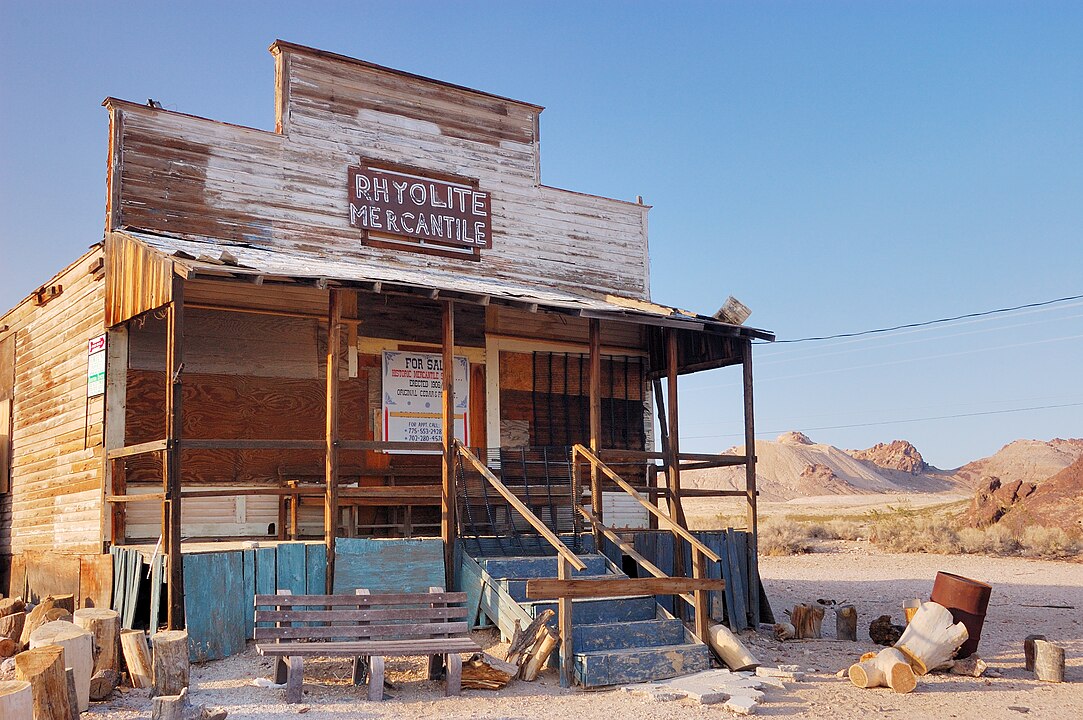
In the early 1900s, Rhyolite boasted electricity, a stock exchange, and a population of nearly 5,000. Within 15 years, it was empty. Today, it’s a crumbling ghost town at the edge of Death Valley, known for its decayed buildings and odd desert sculptures. The remains of its bank, train depot, and bottle house give it a haunting charm. With eerie silence and surreal art installations, Rhyolite feels like a dream, half-wrecked, half-museum, all unforgettable.
Cahawba, Alabama
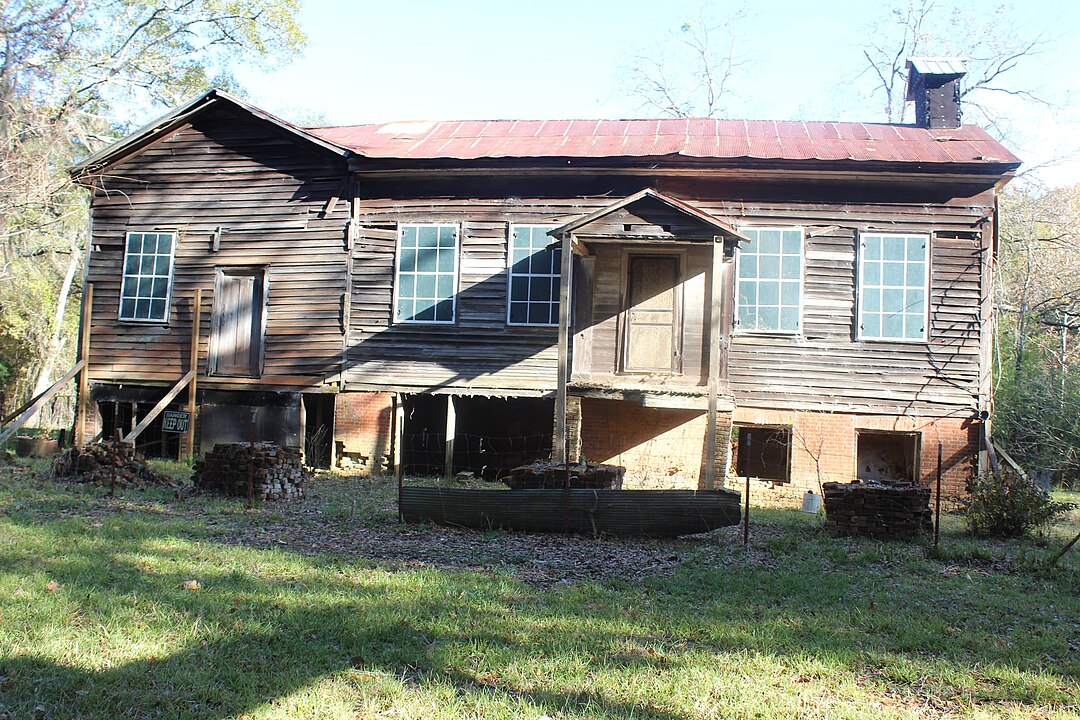
Cahawba was Alabama’s first state capital, but flooding and disease soon turned its streets into ruins. Today, the town is a ghostly open-air museum where chimneys poke from the ground, iron fences enclose overgrown cemeteries, and moss-covered trees whisper through the ruins. You can walk quiet paths along the river, explore the old town square, and let your imagination fill in the lives once lived here. It’s Southern Gothic at its most hauntingly beautiful.
Thurmond, West Virginia
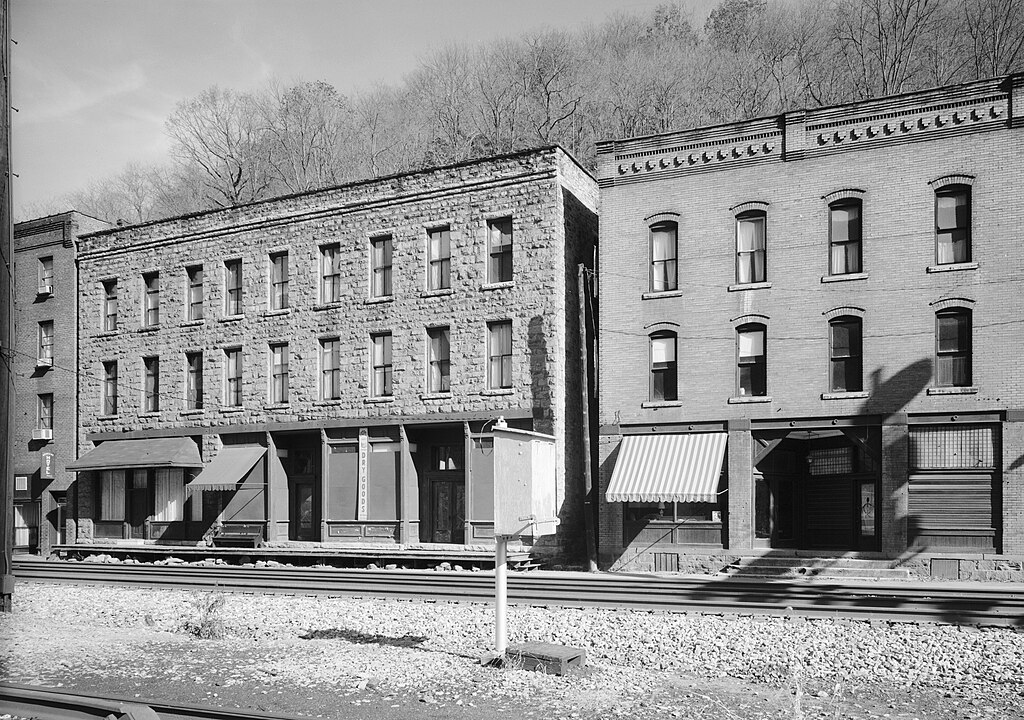
Tucked deep in the New River Gorge, Thurmond once thrived as a rail town in the early 1900s. Now, it feels paused in time. The train depot is still functional, but the rest of the town, hotels, stores, and homes, sits vacant. Wooden buildings lean against each other, nature creeps through every crack, and train whistles echo through the canyon. For those drawn to industrial history and quiet decay, Thurmond offers haunting beauty with Appalachian roots.
Jerome, Arizona
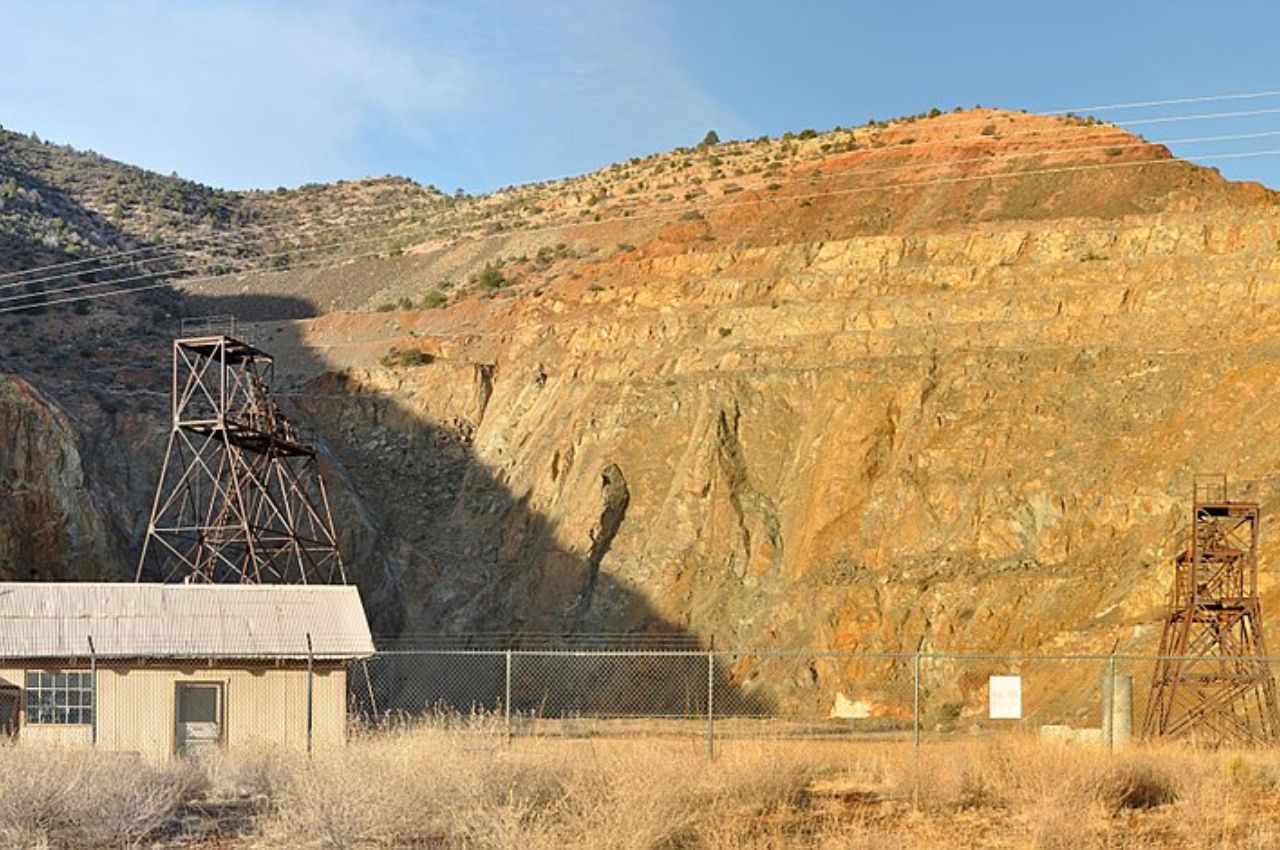
Jerome clings to a steep hillside in central Arizona and once produced millions in copper. After the mines closed, it nearly became a ghost town, until artists moved in. Now, it’s a blend of old and new: abandoned buildings stand beside quirky galleries and vintage shops. Ghost tours run at night, while daytime brings sweeping views of the Verde Valley. With its mining scars and bohemian soul, Jerome feels like an eccentric time traveler with a wild story to tell.
St. Elmo, Colorado
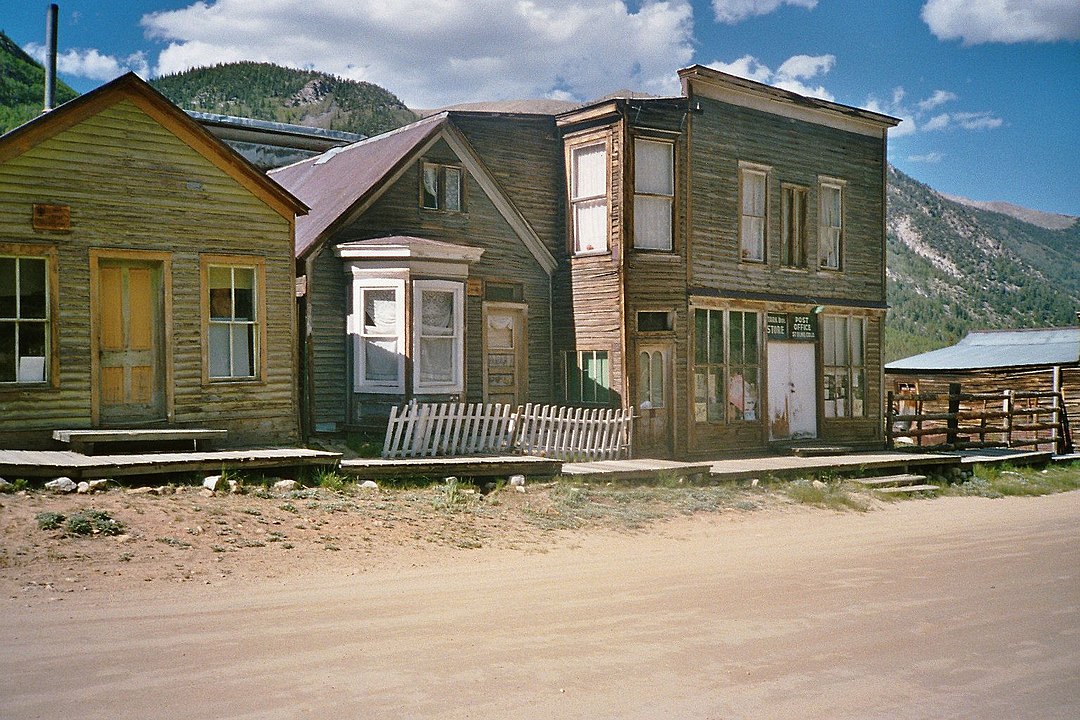
St. Elmo sits high in the Colorado Rockies, and its faded storefronts and wooden boardwalks give off true frontier vibes. Once a gold and silver boomtown, it now welcomes visitors to wander through a well-preserved cluster of buildings, including a general store, town hall, and homes. Chipmunks dart between weathered cabins, and mountain air fills every quiet corner. It’s peaceful, picturesque, and one of the few ghost towns that feels almost alive in its stillness.
Glenrio, Texas/New Mexico
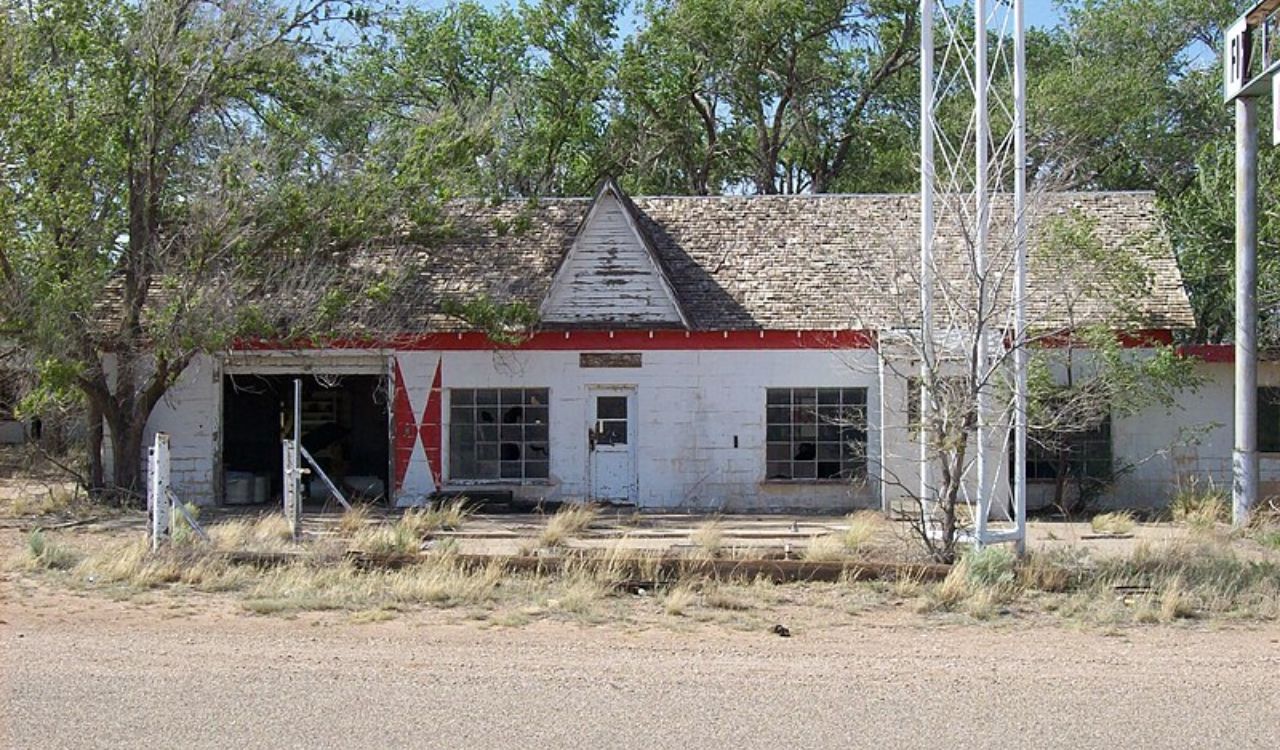
Straddling the state line between Texas and New Mexico, Glenrio was once a bustling Route 66 pit stop. Today, it’s an eerie roadside relic where neon signs have faded, gas pumps sit dry, and motels crumble in the desert sun. You can walk through what remains of diners and service stations, imagining cross-country travelers stopping for pie and postcards. It’s not restored or touristy, just raw, quiet, and full of dusty Americana nostalgia.